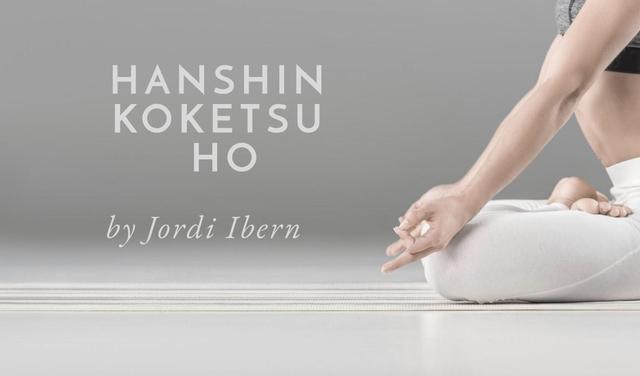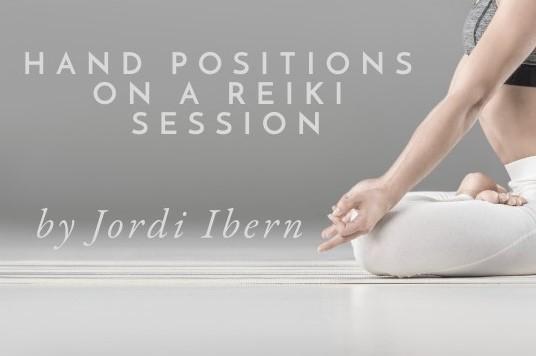Hand Positions on a Reiki Session
This is an example of a REIKI session. You can see the hands positions on a patient laying down. The recommended time to stay in one position is minimum 4 minutes. It is also recommended to change always first one hand and then the other instead of changing both hands at the same time.
To finish the session there is some gentle movement called Bushu (REIKI through gentle massage).
About Jordi Ibern Novell Hello! My name is Jordi Ibern, and I am a Reiki and meditation teacher with over 20 years of experience. I am also the founder of Kisetsu, Reiki & Meditation School, where I share my passion for Reiki, mindfulness, and the Japanese spiritual tradition, and where I have a Reiki and Meditation Online Academy. A devoted practitioner of Yoga, Qigong, and Mindfulness, I believe in a simple yet profound approach to well-being: nurture your spirit through meditation and Reiki, be gentle with your body, and cultivate a peaceful mind. Join me on this journey of self-discovery and balance. |



Jordi Ibern Novell doesn’t have reviews yet.
Click the button below to leave the first one!
Be the first to post a message!